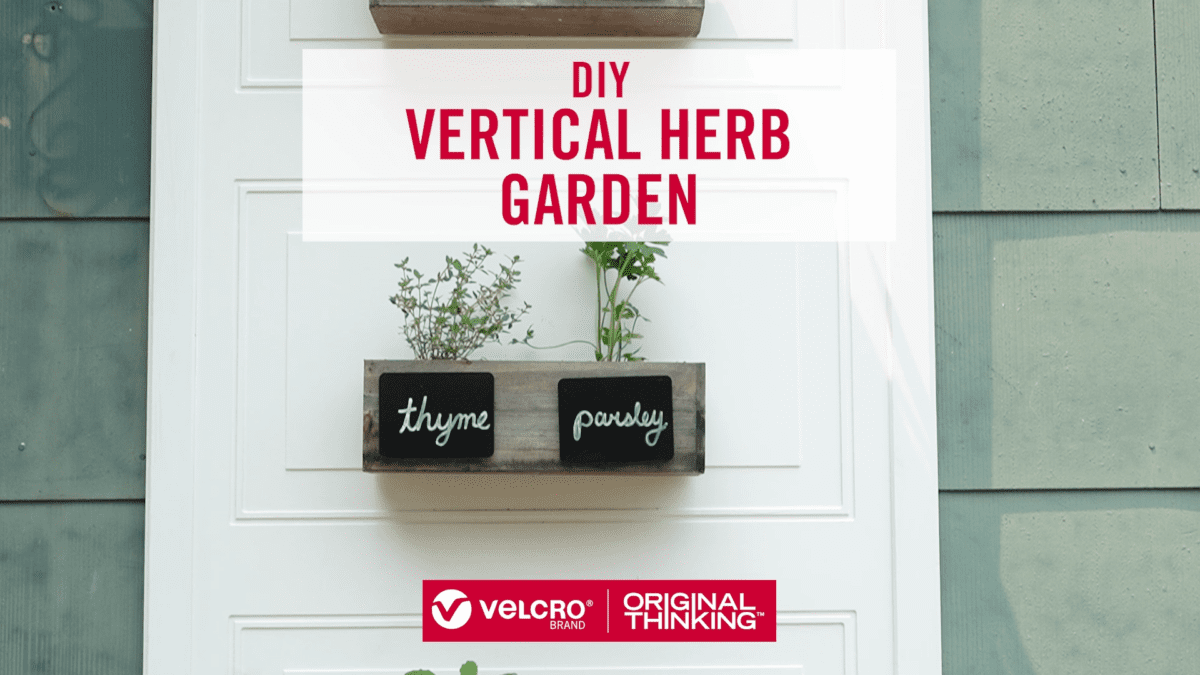Vertical gardens are super popular among gardeners who want to add visual interest and a bounty of plants to small spaces. Whether you have a small yard or a bare wall that needs a makeover, building a vertical garden can enhance your outdoor space!
In this DIY guide, we’ll walk you through the steps to create a vertical garden using simple techniques and easy-to-find materials.
- The benefits of vertical gardening
- How to plan your vertical garden
- How to maintain your vertical garden
- Steps to building a vertical garden
Benefits of Vertical Garden Building
Vertical gardens, also referred to as “green walls” or “plant walls”, have so many benefits. These gardens maximize vertical space to create what would otherwise be unused gardening space. They’re ideal for limited spaces like balconies, fences, or indoor areas and you can grow a variety of plants, including herbs, vegetables, and even flowers.
Not only do they create a focal point, but they also improve air quality, and reduce noise pollution. With the right choice of a vertical garden system, you can enjoy the beauty of plants in any space.
How to Plan Your Vertical Garden
Choosing a Location:
When planning your vertical garden, carefully choose the location. Consider the available sunlight, wind exposure, and access to water. It’s usually a good idea to choose a spot where your plants can get at least six hours of direct sunlight. Building a vertical garden on a balcony or on a fence is a perfect location to help your plants thrive!
Choose the Right Containers:
Selecting the right containers is crucial for a successful garden. Opt for lightweight and durable vertical garden planters and make sure they provide adequate space for root growth and proper drainage.
Choose the Right Plants:
Choose plants that are suitable for your vertical gardening, typically they should be small plants. For a vertical herb garden, consider herbs like basil, mint, and rosemary. Trailing plants like ivy are excellent choices for creating cascading effects while flowering plants such as petunias add a colorful vibrancy.
How to Maintain Your Vertical Garden
To ensure the health of your garden, regular maintenance is essential.
Watering
Monitor the moisture levels of the soil and water accordingly. Depending on the vertical garden wall and its environmental conditions, you may need to water more frequently than traditional gardens.
Fertilizing
Provide essential nutrients to your plants by applying a slow-release or organic fertilizer. Regular fertilizing will help your plants thrive.
Pruning
Help promote healthy growth and prune your plants regularly to maintain your vertical garden. Remove dead or wilted leaves and trim overgrown branches to prevent overcrowding.
Step-by-Step Guide to Building a Vertical Garden
Now you know how to care for your garden, let’s dive into how to DIY a vertical garden planter!
What You’ll Need:
- One wainscoting panel (optional: lumber to frame out the panel)
- Two Packs of VELCRO® Brand ALFA-LOK® Fasteners
- Three planter boxes
- Clean the Surfaces
First things first, you’ll want to clean the surface of your wainscoting and the wall by rubbing alcohol.
- Install the Frame
Once the surfaces have dried, securely attach the wainscoting panel to the chosen wall using VELCRO® Brand ALFA-LOK® Fasteners.
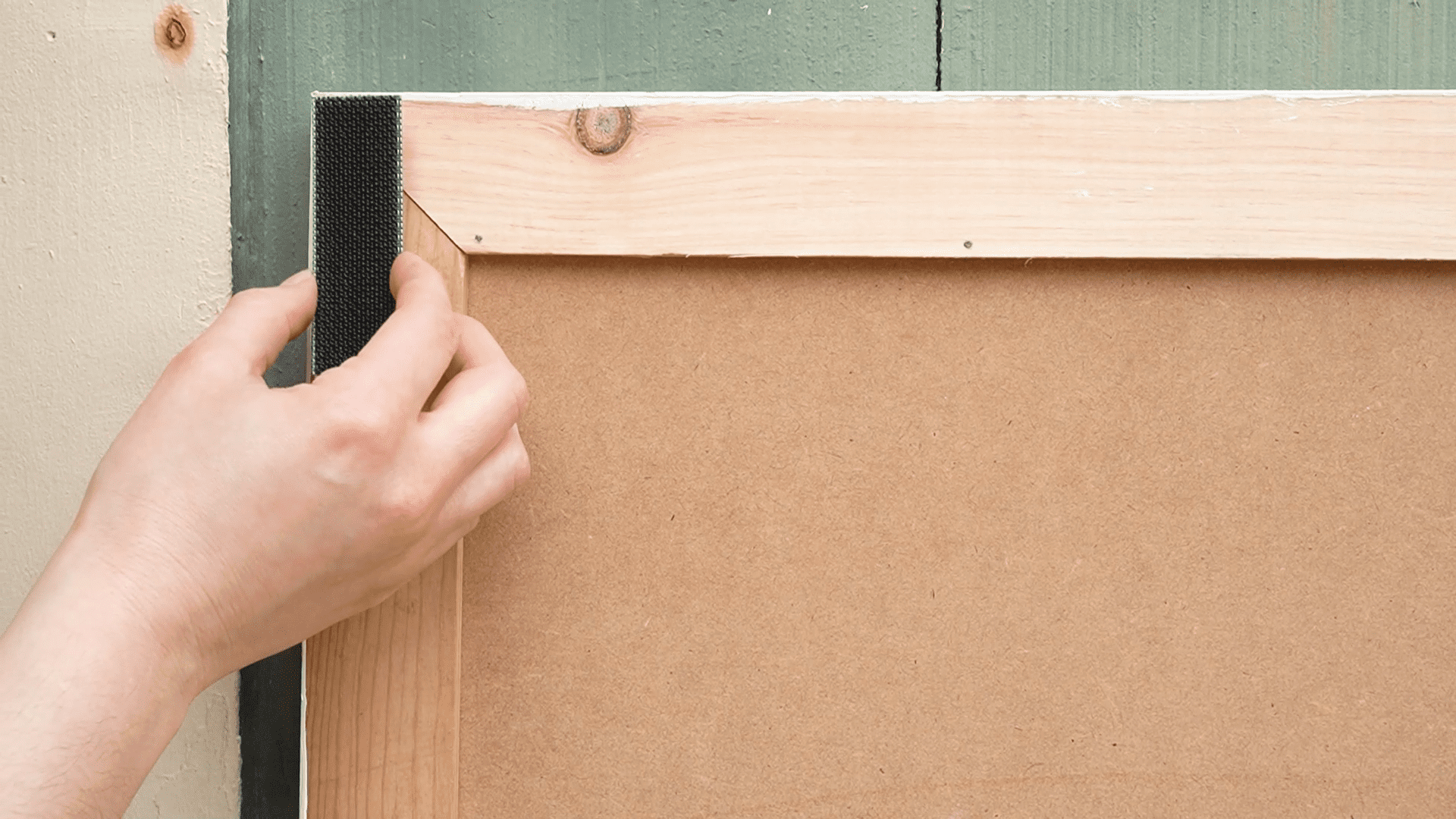
To do this, remove the liners from either fastener and attach them to both the panel and the wall. To ensure that the panel is level, measure exactly where the fastener is placed and push either side firmly together. You should hear the VELCRO® Brand ALFA-LOK® Fasteners snap together.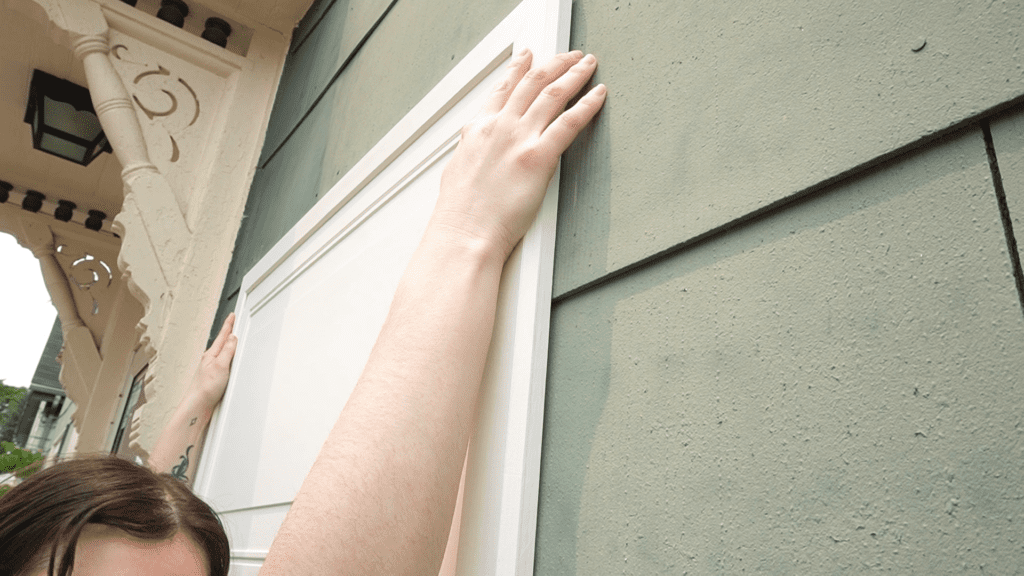
- Attach the Planters
Now apply your second pack of VELCRO® Brand ALFA-LOK® Fasteners to the back of each planter. Make sure to space them evenly along the wainscoting panel. Press the planters firmly against the panel to secure them in place.
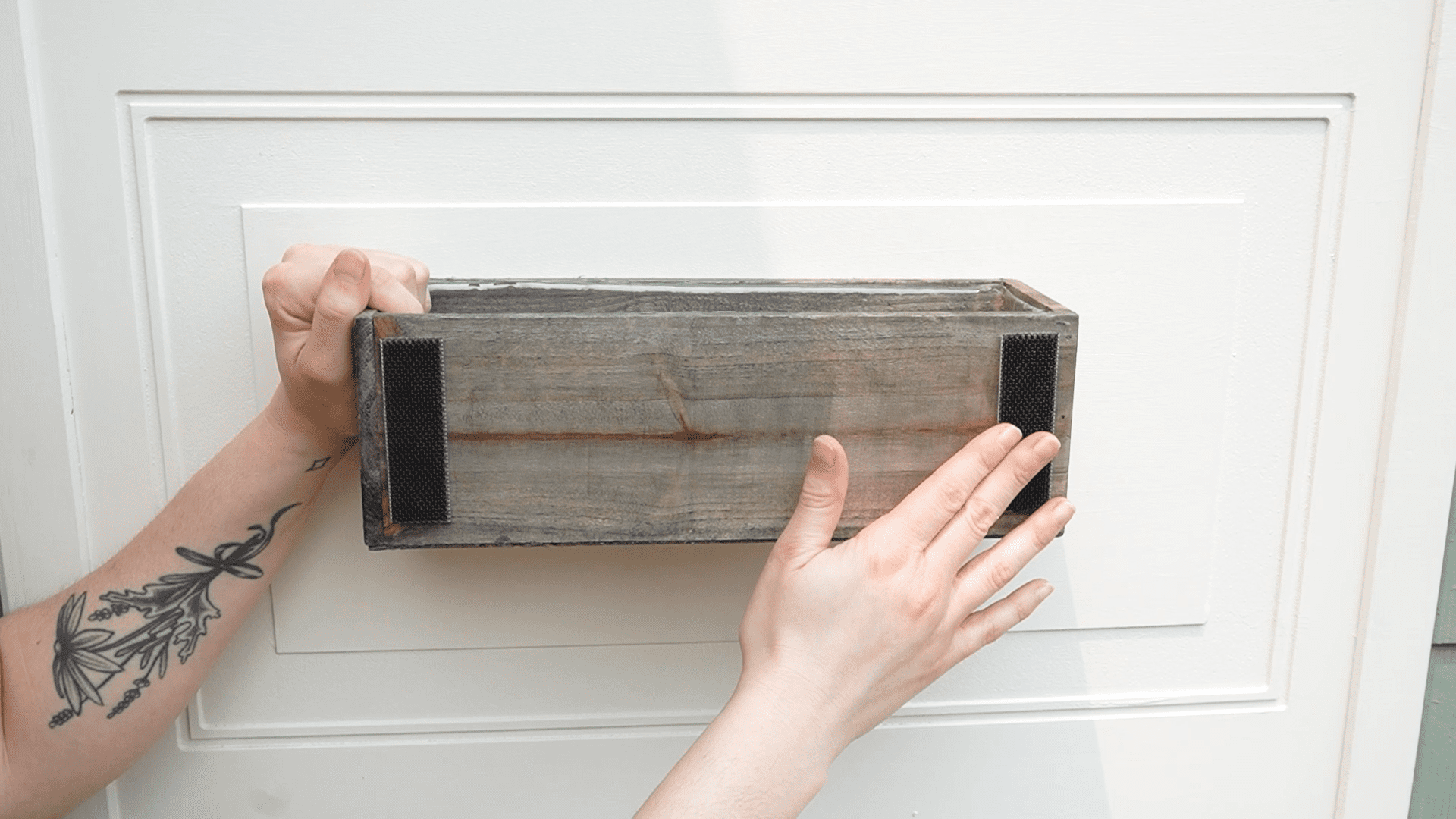
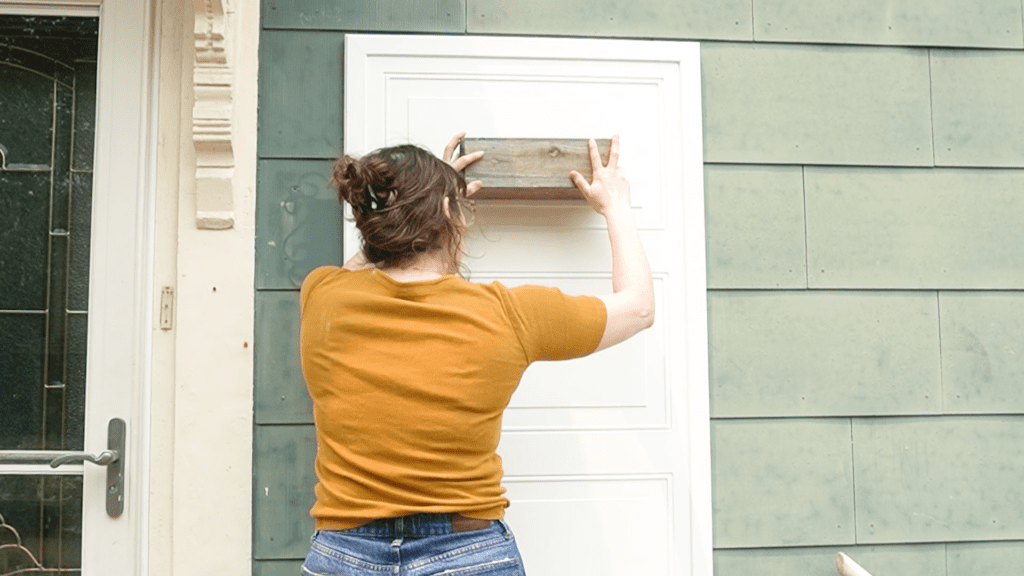
- Plant Your Garden
Now it’s time for the fun part! Fill each planter with potting soil and carefully transplant your plants into their designated containers. We choose to make a vertical garden for herbs, but really any plants will do! Arrange your plants nicely and consider their heights and colors to create a beautiful vertical garden.
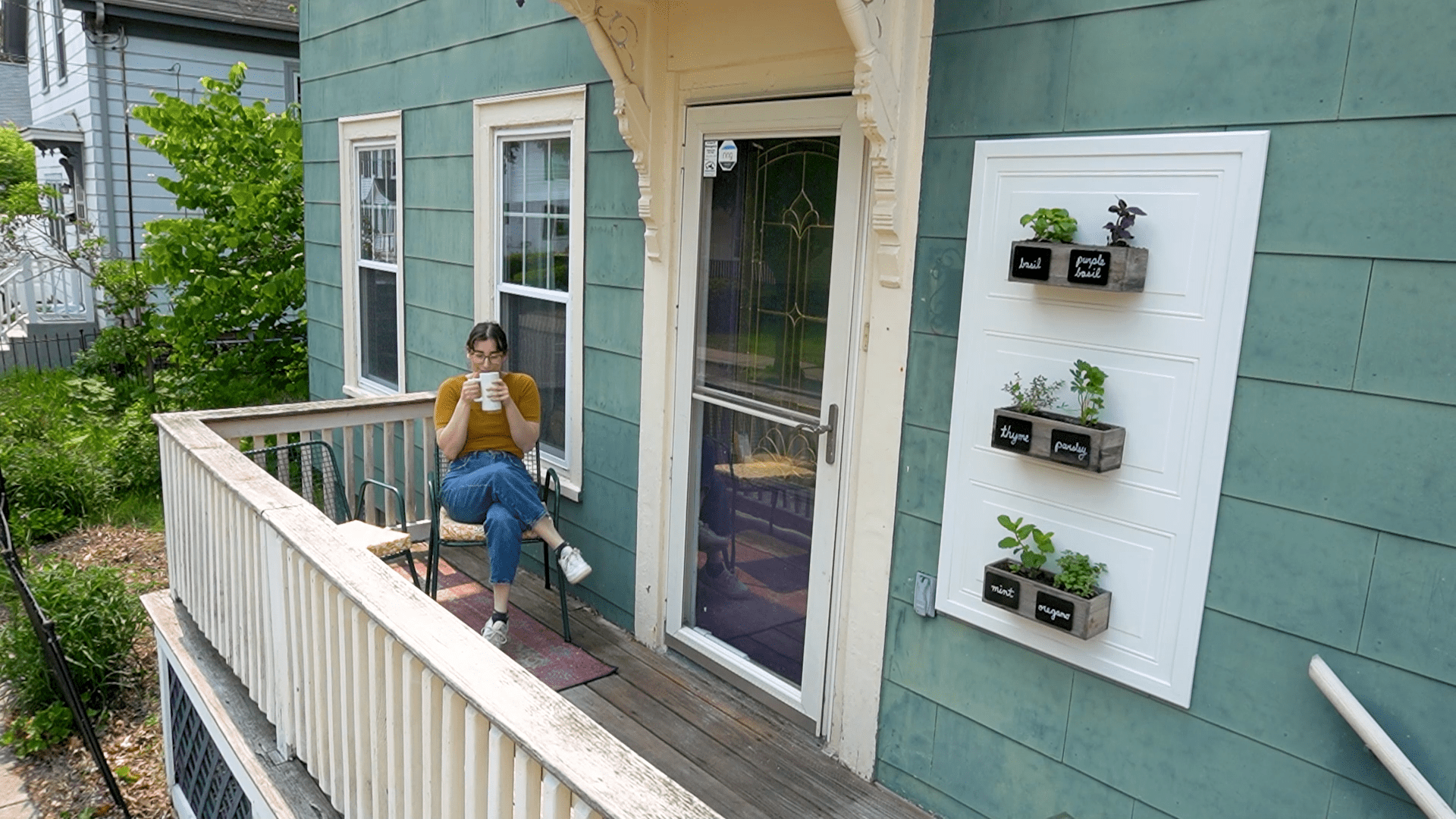
And there you have it! Once the colder weather rolls in, you can easily remove your living wall, bring it into the house and use it as a piece of home decor!
Building a vertical garden, whether it’s an herb or a vertical garden on a fence has never been so easy! Now you can create a thriving green wall and reap the benefits of a vibrant and flourishing oasis without any tools! If you try this out for yourself, don’t forget to tag us on Instagram!
